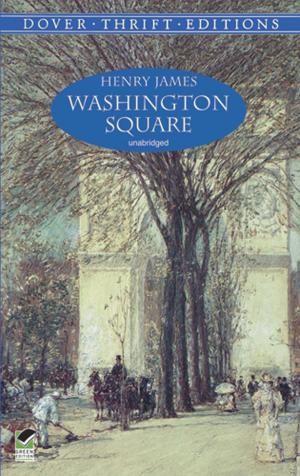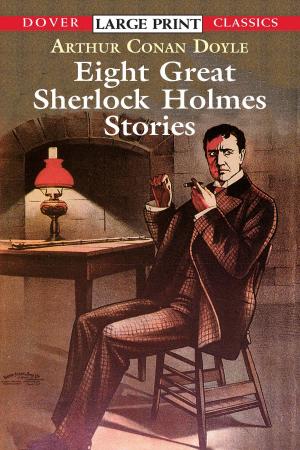Vitruvius Scoticus
Plans, Elevations, and Sections of Public Buildings, Noblemen's and Gentlemen's Houses in Scotland
Nonfiction, Art & Architecture, Architecture, History, Modern, 18th Century| Author: | William Adam | ISBN: | 9780486321110 |
| Publisher: | Dover Publications | Publication: | December 17, 2013 |
| Imprint: | Dover Publications | Language: | English |
| Author: | William Adam |
| ISBN: | 9780486321110 |
| Publisher: | Dover Publications |
| Publication: | December 17, 2013 |
| Imprint: | Dover Publications |
| Language: | English |
This classic portfolio uses elevations, floor plans, and other line drawings by Scotland's first great classical architect to document the high Scottish style of the eighteenth century. It was assembled by William Adam (1689–1748), whose sons were the developers of the "Adam style," and published posthumously in 1812. The elder Adam designed, extended, and remodeled numerous country homes and undertook many public contracts. Vitruvius Scoticus's 160 plates include 100 of his own designs.
Unlike the Vitruvius Britannicus books, this volume features plans for many smaller buildings that served as models for American builders and architects of the nineteenth century. Its engravings include images of such stately homes as Mavisbank House, Haddo House, and Fasque House; Hamilton Palace, one of the nation's grandest homes, and Holyrood Palace, the official residence of the monarch in Scotland; and a series of bridges at Inveraray in the county of Argyll. Never before available in an affordable edition, this volume is an essential reference for architectural historians and students. It includes an Introduction and Notes to the Plates by James Simpson.
Unlike the Vitruvius Britannicus books, this volume features plans for many smaller buildings that served as models for American builders and architects of the nineteenth century. Its engravings include images of such stately homes as Mavisbank House, Haddo House, and Fasque House; Hamilton Palace, one of the nation's grandest homes, and Holyrood Palace, the official residence of the monarch in Scotland; and a series of bridges at Inveraray in the county of Argyll. Never before available in an affordable edition, this volume is an essential reference for architectural historians and students. It includes an Introduction and Notes to the Plates by James Simpson.
This classic portfolio uses elevations, floor plans, and other line drawings by Scotland's first great classical architect to document the high Scottish style of the eighteenth century. It was assembled by William Adam (1689–1748), whose sons were the developers of the "Adam style," and published posthumously in 1812. The elder Adam designed, extended, and remodeled numerous country homes and undertook many public contracts. Vitruvius Scoticus's 160 plates include 100 of his own designs.
Unlike the Vitruvius Britannicus books, this volume features plans for many smaller buildings that served as models for American builders and architects of the nineteenth century. Its engravings include images of such stately homes as Mavisbank House, Haddo House, and Fasque House; Hamilton Palace, one of the nation's grandest homes, and Holyrood Palace, the official residence of the monarch in Scotland; and a series of bridges at Inveraray in the county of Argyll. Never before available in an affordable edition, this volume is an essential reference for architectural historians and students. It includes an Introduction and Notes to the Plates by James Simpson.
Unlike the Vitruvius Britannicus books, this volume features plans for many smaller buildings that served as models for American builders and architects of the nineteenth century. Its engravings include images of such stately homes as Mavisbank House, Haddo House, and Fasque House; Hamilton Palace, one of the nation's grandest homes, and Holyrood Palace, the official residence of the monarch in Scotland; and a series of bridges at Inveraray in the county of Argyll. Never before available in an affordable edition, this volume is an essential reference for architectural historians and students. It includes an Introduction and Notes to the Plates by James Simpson.















